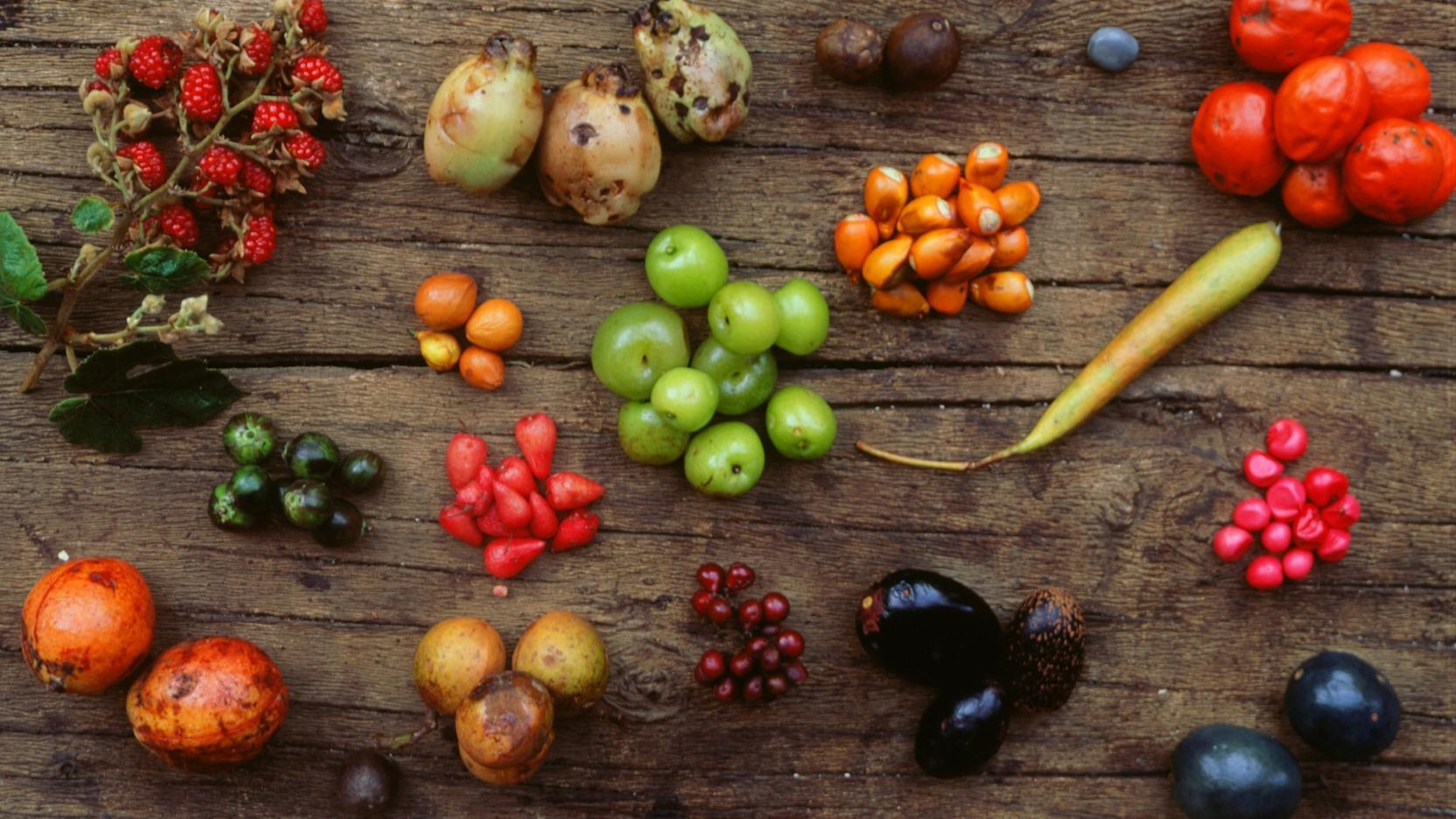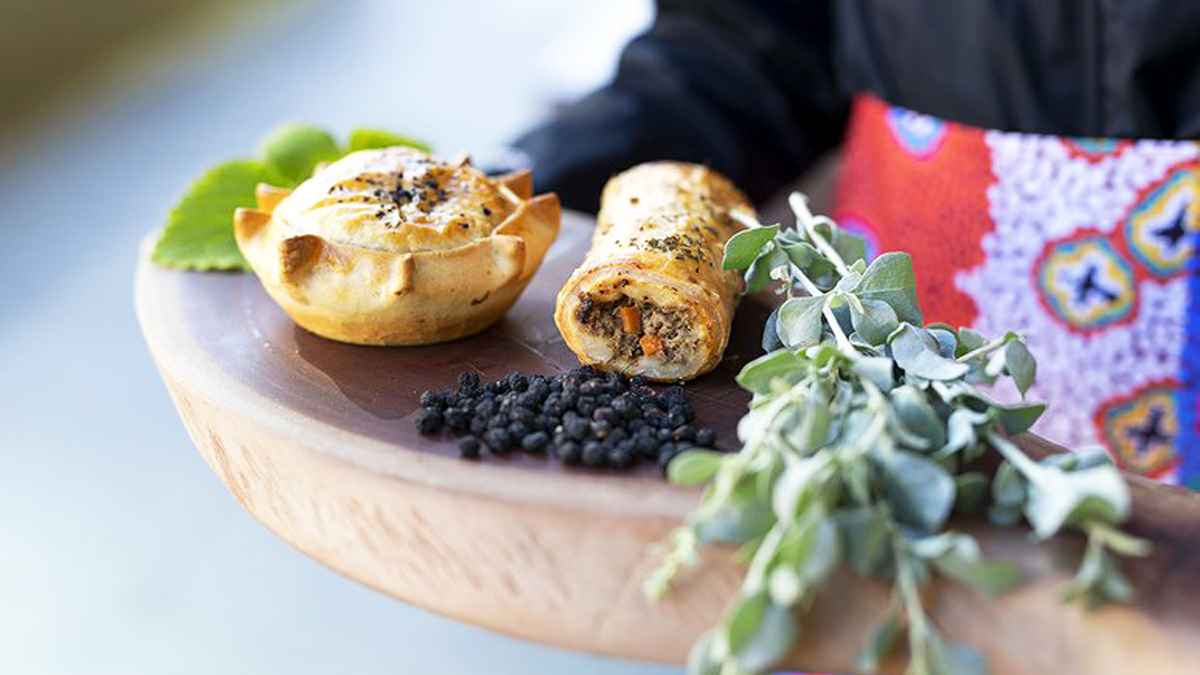A Bounty of Bush Tucker: Exploring the Diverse World of Indigenous Australian Fruits
A Bounty of Bush Tucker: Exploring the Diverse World of Indigenous Australian Fruits

Australia’s unique landscape is home to a remarkable array of flora, including a vibrant and diverse collection of fruits. For millennia, Indigenous Australians have relied on these fruits, known as "bush tucker," as a vital source of sustenance, medicine, and cultural connection. This article delves into the fascinating world of Indigenous Australian fruits, highlighting their diverse characteristics, nutritional benefits, and cultural significance.
A Culinary Journey Through Time:
Related Articles: A Bounty of Bush Tucker: Exploring the Diverse World of Indigenous Australian Fruits
- Unveiling The Green Gems: Non-Invasive Root Trees For Australian Gardens
- Dreamtime: The Eternal Pulse Of Aboriginal Culture
- A Taste Of Paradise: Exploring Australia’s Most Popular Fruits
- The Didgeridoo: Australia’s Iconic National Instrument
- Unearthing Your Next Adventure: A Comprehensive Guide To Contacting Unearth In Australia
Indigenous Australians have a deep understanding of the land and its resources, a knowledge passed down through generations. Their intricate knowledge of bush tucker, including fruits, has sustained them for thousands of years. These fruits are not just a source of food but also play a crucial role in traditional medicine, ceremonies, and storytelling.
From Sweet to Savory: A Spectrum of Flavors:
Indigenous Australian fruits offer a wide range of flavors and textures, catering to diverse palates. Some are sweet and juicy, like the Davidson plum, a vibrant purple fruit with a tart and tangy flavor. Others, like the Quandong, offer a unique combination of sweet and sour, while the Kakadu plum, the world’s richest source of Vitamin C, boasts a refreshing, citrusy taste.
A Treasure Trove of Nutritional Benefits:
Beyond their delicious flavors, Indigenous Australian fruits are packed with essential nutrients. The Kakadu plum, as mentioned earlier, is a powerhouse of Vitamin C, offering significant antioxidant properties. The Bush tomato, with its earthy, smoky flavor, is rich in iron and vitamin A. The Finger lime, a citrus fruit with a unique caviar-like texture, is a good source of vitamin C and potassium.
Cultivating Connection: The Cultural Significance of Indigenous Fruits:
Beyond their nutritional value, Indigenous Australian fruits hold immense cultural significance. They are deeply interwoven into the fabric of Indigenous traditions, ceremonies, and storytelling. The Wattle seed, for instance, is used in traditional ceremonies and is a symbol of resilience and strength. The Desert lime, with its tangy flavor, is often used in traditional bush medicine to treat ailments.
Beyond the Bush: Exploring Indigenous Fruits in Modern Cuisine:

In recent years, there has been a growing interest in incorporating Indigenous Australian fruits into modern cuisine. Chefs and food enthusiasts are discovering the unique flavors and culinary potential of these fruits, leading to a surge in innovative dishes and culinary experiences.
A Look at Some Notable Indigenous Australian Fruits:
- Davidson Plum (Davidsonia pruriens): This vibrant purple fruit offers a tart and tangy flavor, making it ideal for jams, chutneys, and sauces.
- Quandong (Santalum acuminatum): The Quandong, a fleshy fruit with a sweet and sour taste, is often used in pies, cakes, and jams.
- Kakadu Plum (Terminalia ferdinandiana): This small, yellow fruit is the world’s richest source of Vitamin C, lending itself to juices, jams, and even ice cream.
- Bush Tomato (Solanum centrale): With its earthy, smoky flavor, the Bush tomato is used in sauces, dips, and stews.
- Finger Lime (Citrus australasica): This unique citrus fruit, with its caviar-like texture, adds a burst of flavor and visual appeal to salads, seafood dishes, and cocktails.
- Wattle Seed (Acacia spp.): The Wattle seed, with its earthy, nutty flavor, is used as a spice in baking, desserts, and savory dishes.
- Desert Lime (Citrus glauca): This tangy, citrus fruit is used in traditional bush medicine and adds a refreshing zest to salads, marinades, and drinks.


The Importance of Sustainability and Conservation:
As the demand for Indigenous Australian fruits grows, it is crucial to ensure their sustainable harvesting and conservation. Indigenous communities play a vital role in managing these resources, ensuring their long-term viability. Supporting Indigenous-owned businesses and initiatives that promote sustainable harvesting practices is essential for protecting these precious fruits for future generations.
FAQ: Indigenous Australian Fruits
Q: Where can I find Indigenous Australian fruits?
A: Indigenous Australian fruits can be found at farmers’ markets, specialty food stores, and online retailers. Some Indigenous-owned businesses also offer these fruits directly.
Q: Are Indigenous Australian fruits safe to eat?
A: Most Indigenous Australian fruits are safe to eat, but it’s essential to identify them correctly and avoid any that might be poisonous. It’s always best to consult with an expert or knowledgeable source before consuming any unfamiliar fruit.
Q: How can I incorporate Indigenous Australian fruits into my diet?
A: There are numerous ways to enjoy Indigenous Australian fruits. You can use them in jams, chutneys, sauces, desserts, salads, and even savory dishes. Explore different recipes and experiment with their unique flavors.
Q: What are the benefits of eating Indigenous Australian fruits?
A: Indigenous Australian fruits are packed with essential nutrients, including vitamins, minerals, and antioxidants. They offer numerous health benefits, such as boosting immunity, improving digestion, and promoting overall well-being.
Q: How can I support Indigenous communities and the sustainable harvesting of these fruits?
A: You can support Indigenous communities by purchasing Indigenous Australian fruits from Indigenous-owned businesses, attending cultural events that showcase these fruits, and educating yourself about their importance and conservation.
Conclusion:
The diverse world of Indigenous Australian fruits offers a unique culinary journey, a treasure trove of nutritional benefits, and a profound connection to the land and its people. As we explore these fruits and their rich cultural significance, we gain a deeper appreciation for the wisdom and knowledge of Indigenous Australians and the importance of preserving their traditions for future generations. By supporting sustainable harvesting practices and embracing these fruits in our kitchens, we can contribute to the continued legacy of these remarkable gifts of nature.

Closure
Thus, we hope this article has provided valuable insights into A Bounty of Bush Tucker: Exploring the Diverse World of Indigenous Australian Fruits. We hope you find this article informative and beneficial. See you in our next article!


